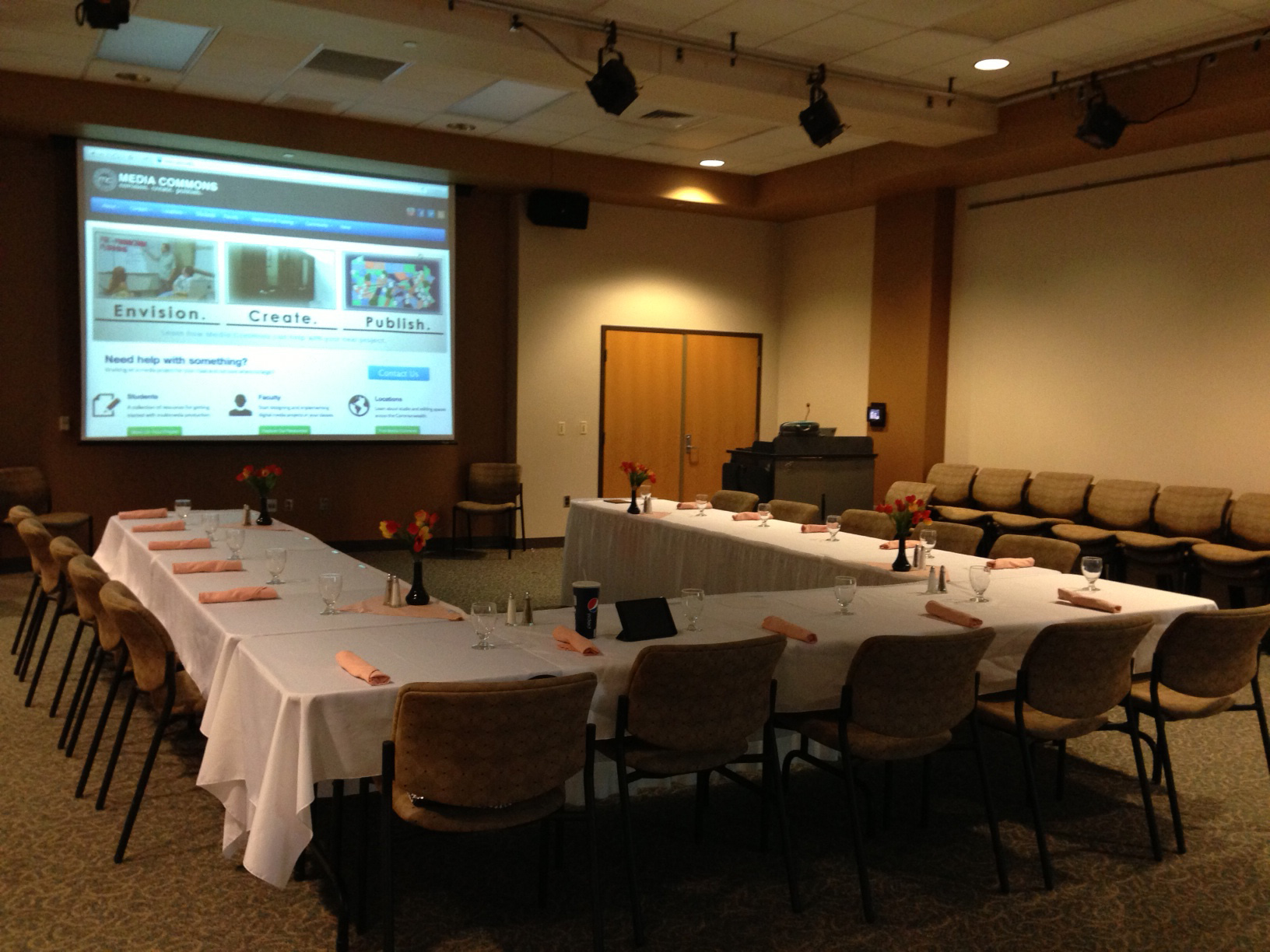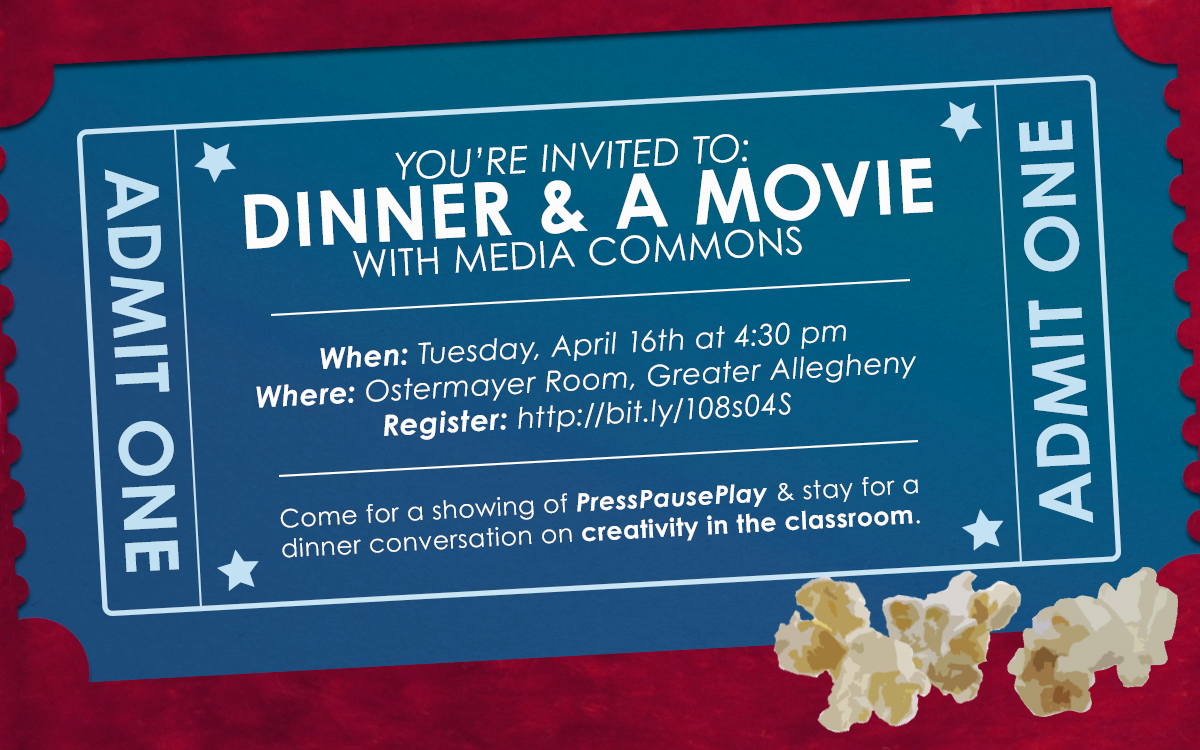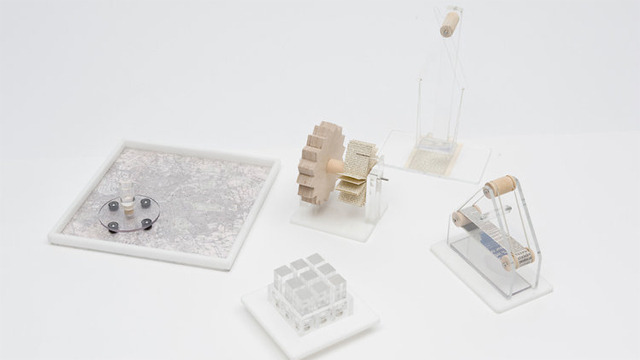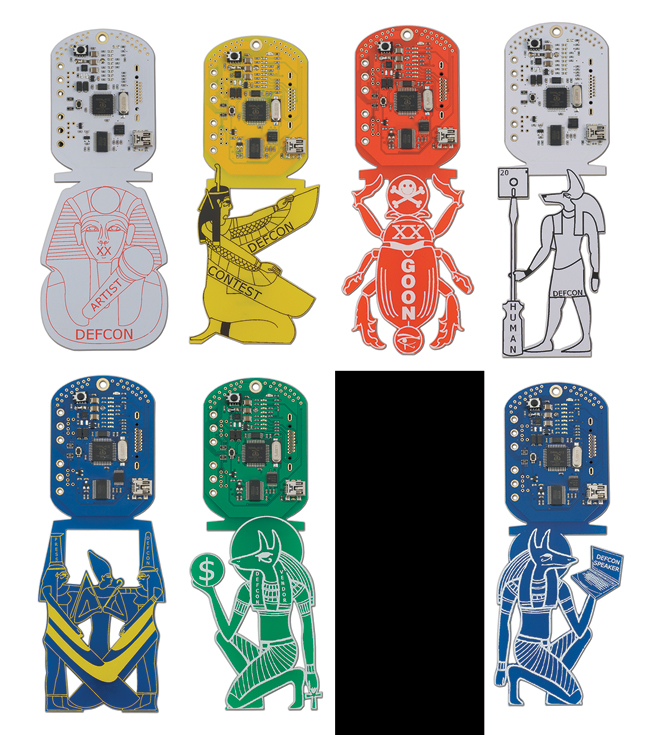Community Really Does Care at Behrend

Penn State Behrend professor Anne Campbell wanted to find a way to get her students more engaged with the community this Spring as well as boost their public speaking skills for CAS 100H. So she signed up for the Mobile Media Pilot and received 12 iPod touch devices that her students used to create interviews with both campus and local service organizations, charities and the like. These interviews were then shown in class as a compliment to persuasive speeches meant to raise awareness about each community group profiled.
And, the results were even better than she’d hoped. Anne shared her excitement with me by email:
“I think that going into the community and filming the interview made the students more passionate about their organization. Not only were the speeches more persuasive than previous semesters without the device, but the class collected $200 for the organization of the most persuasive speakers …”
Campbell and her students divided the $200 raised between the American Cancer Society’s Relay for Life ($150) and the Therapeutic Riding Equestrian Center ($50), extending the awareness raised by the project through charitable donations.
“I really like[d] it because [the iPod’s] super portable and user-friendly. I wasn’t distracted with the technology and the mobility is good for the type of interview we’re looking to achieve.” – Camille M
Anne plans to continue assigning these video interviews and has already begun mapping out a project for the Fall 2013 semester with me. I can’t wait to see what her students come up with next. You can see more student videos and learn more about the project by visiting her Mobile Media Pilot profile page.








